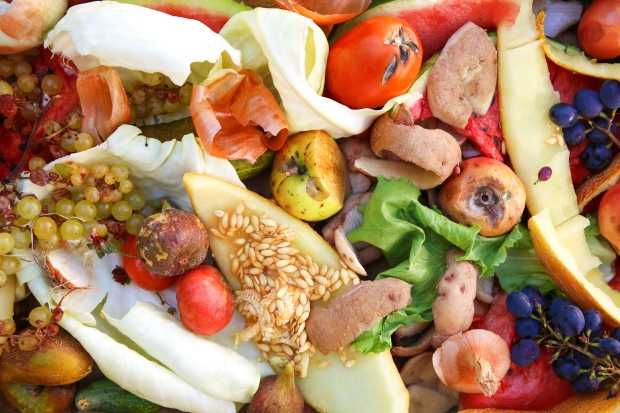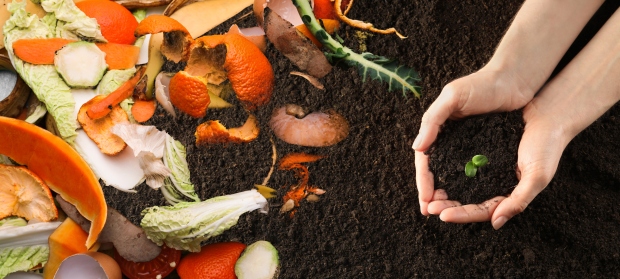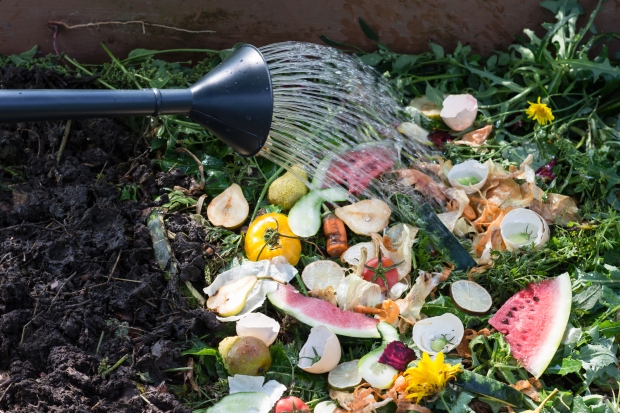There are many reasons to start composting. Fighting climate change, saving money, and adding a boost to your garden are just a few. Whatever your reason for wanting to compost, some of us may be deterred simply because it can be a little daunting. Let’s take a look at how to start composting and show how anyone, anywhere can do it.


